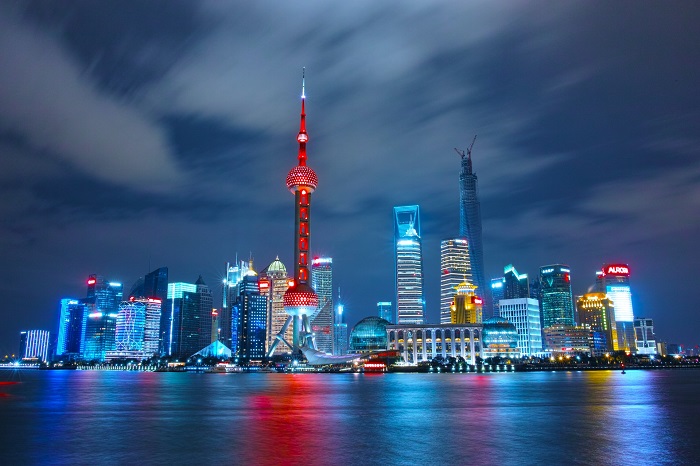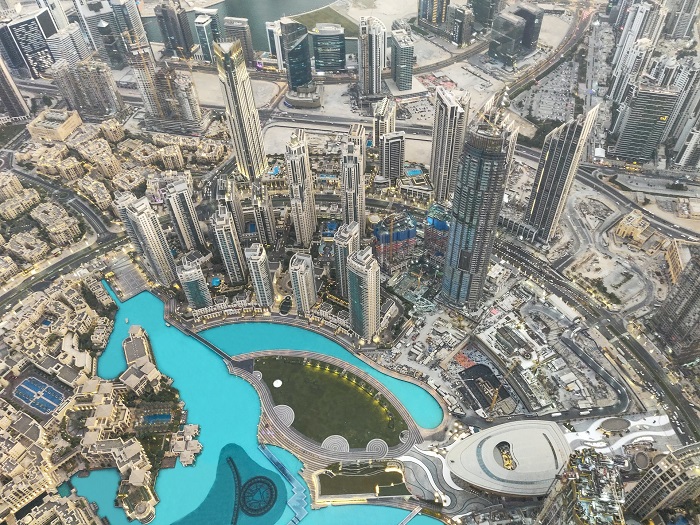ISABEL RUBIO ARROYO | Tungsteno
Skyscrapers have been a symbol of power for decades. These megastructures have been used by many powers to showcase their technical and technological capabilities to the world. In this blog we have looked at new ways to build them and have reviewed the historical race to construct ever higher. But what if that race is coming to an end? China, home to 44 of the world's 100 tallest buildings, has placed a ban on the construction of skyscrapers taller than 500 metres.
When height becomes a liability
The National Development and Reform Commission, China's top economic planning body, has indicated that it will no longer give the green light to the construction of buildings taller than 500 metres. There are currently only ten buildings in the world that are taller than 500 metres, five of which are in mainland China, according to the Council on Tall Buildings and Urban Habitat. In addition, buildings taller than 250 metres will be "strictly" limited and will be carefully scrutinised as to whether they are really necessary. Cities with populations of less than three million people will be restricted from building above 150 metres, and those above 100 metres will have to match the scale and fire-rescue capacity of their locations.
"It's primarily for safety," explains Qiao Shitong, associate professor of urban law at the University of Hong Kong. Beyond a certain point, the height of buildings can become a liability. Although large engineering projects are increasingly addressing safety and technical challenges, the National Development and Reform Commission says there are still some that are not strictly managed, "leading to a decrease in project quality and an increase in potential safety hazards."
Extremely tall buildings, according to Shitong, "are more like flagship projects for mayors and are not necessarily efficient." For decades, height has been synonymous with power and stability. "People would want to build taller because they wanted their city to be more prestigious than another city," says Marshall Strabala, chief architect of the Shanghai Tower, the world´s second tallest building, which reaches 632 metres and has 128 storeys.

At a certain point, building height can become a liability. Credit: Unsplash.
From safety to the cost to occupancy: the challenges of skyscrapers
In recent years, however, incidents have put the structural safety of these buildings under scrutiny. In May 2020, authorities closed a skyscraper in Shenzhen due to wobbling. Shenzhen, popularly known as China's Silicon Valley, is home to some of the world's tallest buildings from the Ping An Finance Centre (599 metres) to the KK100 (442 metres) and the China Resources Headquarters (392 metres).
The SEG Plaza, the building that had to be evacuated after the wobbling, has 70 floors and is 292 metres high. After the incident, the hotel's owners assured that no cracks in the floor or damaged curtain walls had been detected. No seismic movements were recorded in the area either. Experts have blamed the tremors on a pair of masts on the roof of the skyscraper that were about 60 metres high and have since been removed. In theory, a wind-induced resonance caused the building to shake.
In addition to the fact that the construction of such megastructures poses significant safety challenges, they are extremely costly. "To go from 500 to 600 metres, the incremental cost is exponential. These buildings cost almost three times as much per square footage as a 20-storey building," says Strabala. On top of that, skyscrapers often take a long time to plan and build: "Ten years is not uncommon for these large buildings." Therefore, these structures are more vulnerable to potential economic crises.

Planning and building skyscrapers is time-consuming and involves a significant financial investment. Credit: Unsplash.
Once built, skyscraper owners sometimes face difficulties in attracting office tenants. Beijing, Shanghai, Guangzhou and Shenzhen are Chinese cities with one thing in common they each have one of the world´s 10 tallest buildings and also have the highest commercial vacancy rates in the country, totalling 7.9 million square metres of empty space.
A before and after in skyscraper construction?
In megastructure construction, height is not the only thing that matters. James Macdonald, head of China research at global real estate services provider Savills, says that "building quality, specification, efficiency, design and accessibility are often more important than height in terms of generating higher rents." "There has also been the trend of developers building smaller [towers] that can be leased or sold to companies as their own corporate headquarters," he says.
It is still too early to know for sure what effect China's new measures on building construction will have. They may not bring about a significant change in the construction of many high-rise buildings. Martin Wong, the director of research at real estate consultancy Knight Frank, believes that China's height limit is unlikely to have much impact on the commercial property market. According to him, the most popular heights are between 180 and 200 metres.
However, the new regulations will mean an end to buildings taller than 500 metres in China. Strabala finds China's decision "very smart." The chief architect of the Shanghai Tower advocates more functional structures regardless of their height. "I think the cities need to look at their city and say, our city is beautiful. It doesn't need this spire sticking up to show off how successful we are."
· — —
Tungsteno is a journalism laboratory to scan the essence of innovation. Devised by Materia Publicaciones Cientificas for Sacyr´s blog.
